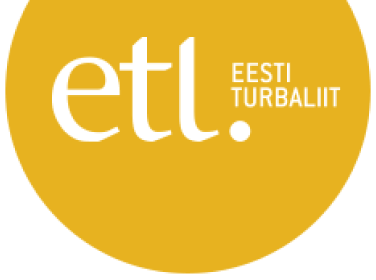Peat
Peat
Peat is decomposed plant material that has accumulated in anaerobic water-saturated environments, known as peatlands. Peatlands cover an estimated 3% of the Earth’s land area.
- Peatlands accumulate carbon (e.g. from Sphagnum, photo) if undisturbed, but produce emissions into the atmosphere when drained
- 86% of the world’s peatlands undisturbed, with 7% used by agriculture and 4% by forestry
- Responsible utilization of peat could turn the drained peatlands into a carbon sink
Energy Peat
In many regions peat is an alternative to imported fossil energy
- As heat and power generation shifts towards renewables, peat can support and complement their use while providing emission reductions
- Especially important in Northern Europe which experiences significant demand peaks in winter
Wise use of energy peat contributes to
- energy security and independence
- supporting climate goals
- sustaining local jobs and communities in rural regions
In Estonia peat is the second most attractive and mined nat ural resource after oil shale. By its existing natural reserves of peat Estonia belongs to the top ten countries in the world. The geological deposits of peat in Estonia have been rated at 2,37 billion tonnes, of which passive deposits account for 0,6 million tonnes and active, i.e. usable deposits for 1,8 mil lion tonnes. From the active deposits 573 million tonnes have been allocated for industrial mining. The resources are located and the quality and thickness of the peat are calculated in 1 598 deposits with a surface area of 901 648 hectares. The average thickness of the larger bogs is 4–5m, seldom 7–8m. The average growth of the Estonian bogs is rated at 1,0 to 1,7 tonnes/ha.
